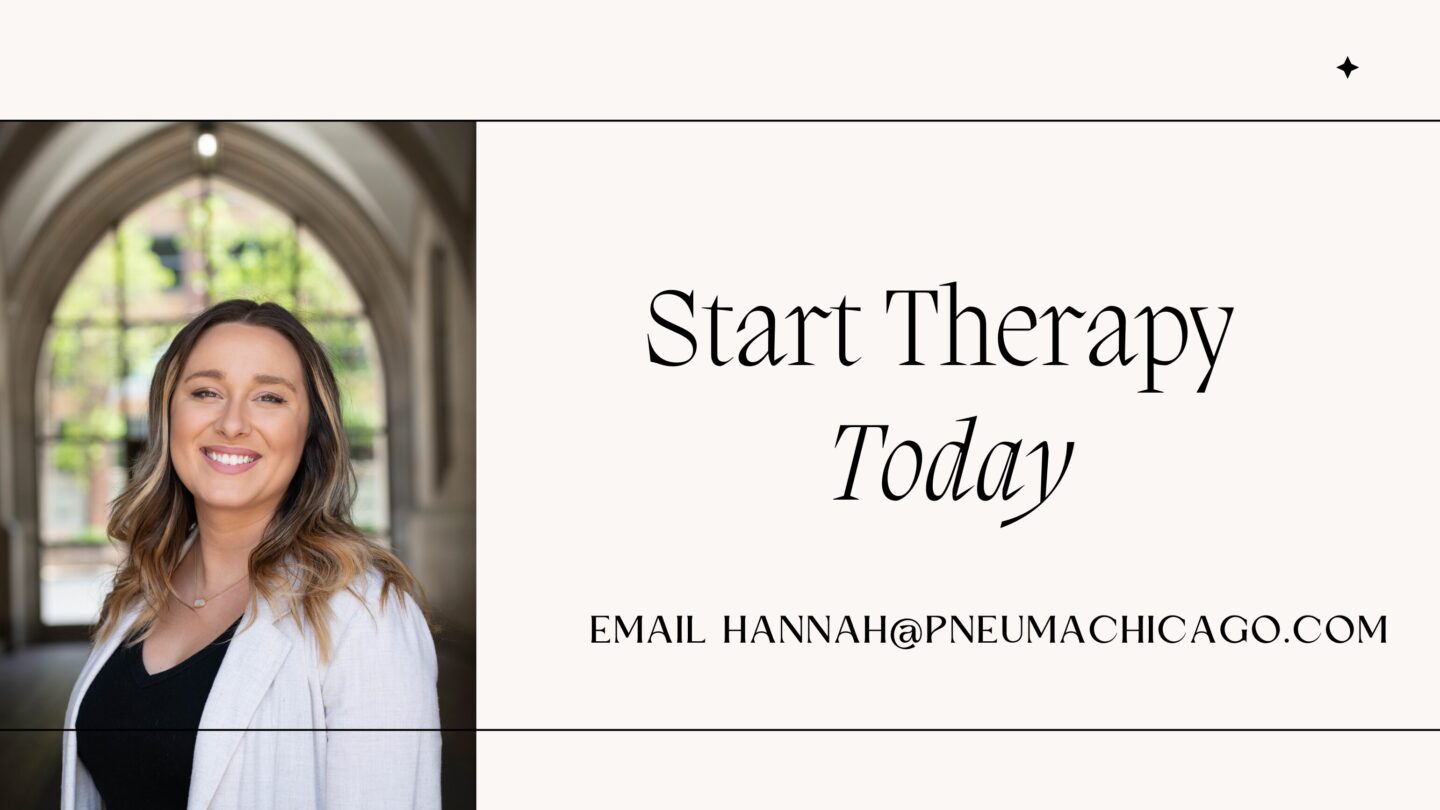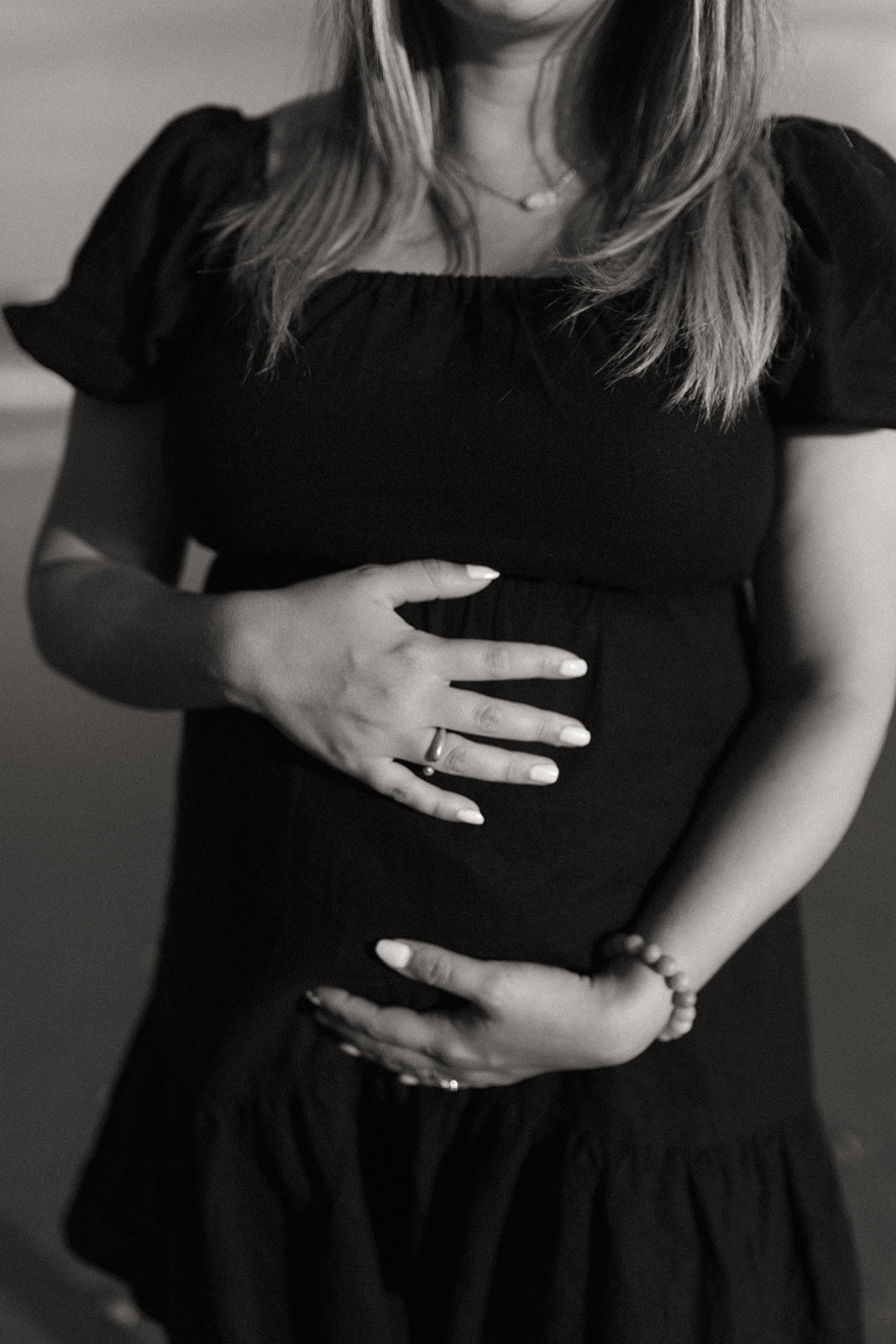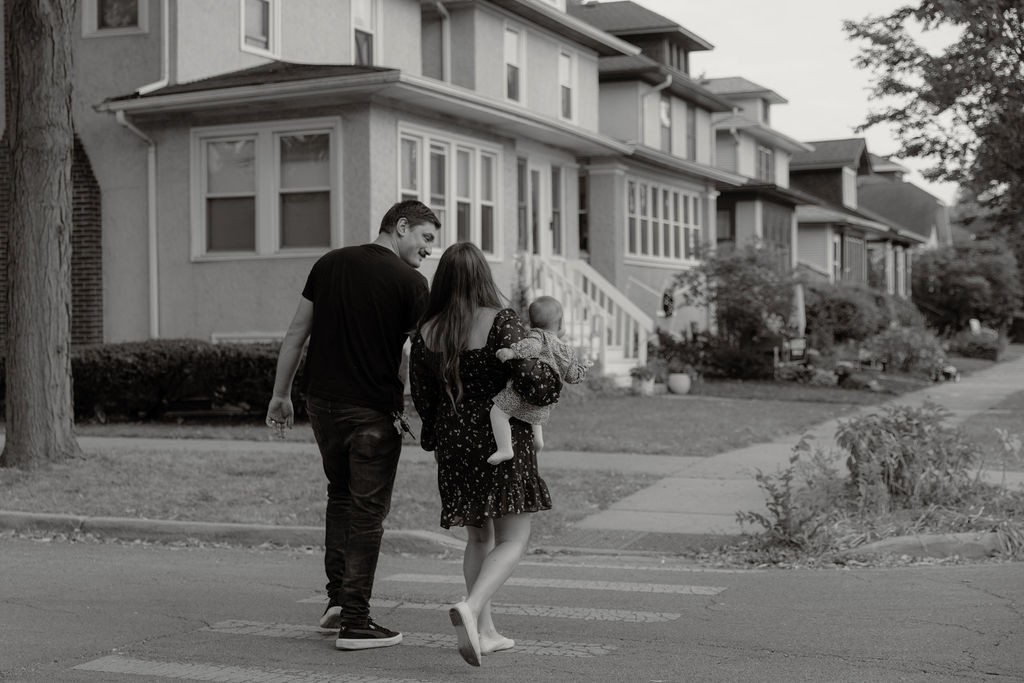How to Stop the Conflict Cycle in Your Relationship

Getting out of a conflict cycle in your relationship can feel overwhelming. You are constantly over thinking or feeling shut down and you’re not feeling connected with your partner. You are feeling like you are spinning your emotional wheels. If this is your relationship right now, this blog post is for you.
In the last part of this post you will find information on Emotionally Focused Therapy (EFT). This is a form of therapy used in couples therapy that I have been interested in since I myself have been married. It is a tool I have used in sessions and in my own relationship. I wanted to include the process of EFT below just so you can see where this comes from. However, let me break down an easier way to grasp how to climb out of your conflict cycle.
The first thing to do is to recognize your trigger. This is something that your partner does or says that creates a response from you.
Secondly, recognize the meaning that you are giving your partner’s behavior. He doesn’t care about me because he didn’t call me when he arrived or when he was late coming home.
Thirdly, pinpoint the emotion or feeling behind that meaning. I feel unloved when or like my need of communication is too much.
Each person in the relationship has this pattern and it typically will create a loop of conflict. For instance if you are responding with anger to your partner that may be their trigger. They might label the trigger with meaning like “I can never do enough for her” or “I will never make her happy”. This may send your partner into feeling like he / she is not good enough or a feeling of shame. And on and on the cycle continues.
The best way to get out of the cycle is to process this with a third party person, a therapist. Another way to do this is to use attachment language to connect again with your partner. Try to find out if you are either feeling like you are “not enough” (the withdrawer in the relationship) or “too much” (the pursuer in the relationship). If you are the pursuer try to use language to tell your partner (the withdrawer) that he / she is enough for you and what you really want is more connection with them. And vice versa.
Try it out and see what happens. Break out of a conflict cycle in a relationship by recognizing triggers, understanding the meanings behind behaviors, and identifying the emotions involved. Use attachment language to reconnect with your partner and utilize the role of a therapist in processing these issues. Emotionally Focused Therapy (EFT) is a structured approach to improving intimate relationships by focusing on emotional bonds and changing negative interaction patterns.
Understanding Emotionally Focused Therapy
Emotionally Focused Therapy (EFT) is a structured approach to couples therapy formulated in the 1980s by Sue Johnson. It is based on the science of adult attachment and bonding, which helps couples understand their emotional responses and the emotional needs that drive their interactions. EFT is designed to address distress in the intimate relationships of adults, focusing on the emotional bond between partners.
The Principles of EFT
- Attachment Theory: EFT is grounded in attachment theory, which suggests that humans have an inherent need for secure, emotional connections with others. It posits that emotional distress often arises from perceived threats to these bonds.
- Emotional Awareness: The therapy encourages individuals to become more aware of their emotions and to express them openly. This helps partners understand each other’s emotional experiences and needs.
- Restructuring Interactions: EFT aims to change the negative patterns of interaction that create distance and conflict in relationships. By fostering new, positive interactions, couples can build stronger, more secure emotional bonds.
The Process of EFT
EFT typically involves three stages:
- De-escalation: The therapist helps the couple identify and understand the negative interaction patterns that lead to conflict. By recognizing these patterns, couples can begin to see each other in a more empathetic light.
- Restructuring Interactions: In this stage, the therapist works with the couple to express their deeper emotional needs and fears. Partners learn to respond to each other in ways that foster secure emotional connections.
- Consolidation: The final stage involves reinforcing the new, positive patterns of interaction and ensuring that the couple can maintain these changes outside of therapy sessions.
Benefits of EFT
- Improved Communication: Couples learn to communicate their needs and emotions more effectively, reducing misunderstandings and conflicts.
- Stronger Emotional Bonds: By addressing the emotional needs underlying their interactions, couples can build stronger, more secure relationships.
- Long-lasting Change: Research has shown that the effects of EFT are long-lasting, with many couples maintaining improvements in their relationships years after therapy has ended.
Breaking out of a conflict cycle in your relationship can be tough, but with the right approach and tools, it’s definitely doable. Start by recognizing your triggers, understanding the meanings behind your partner’s behaviors, and identifying the emotions involved. This can help you break negative patterns and reconnect with your partner.
Using attachment language to communicate your needs and seeking the guidance of a therapist can make a big difference. Emotionally Focused Therapy (EFT) is a great way to improve emotional bonds and create lasting change in your relationship. Remember, every step you take towards understanding and addressing your emotional needs brings you closer to a healthier, more fulfilling partnership. This may also be your sign to give couples therapy a try. Give these strategies a try and see how they can transform your relationship for the better.











